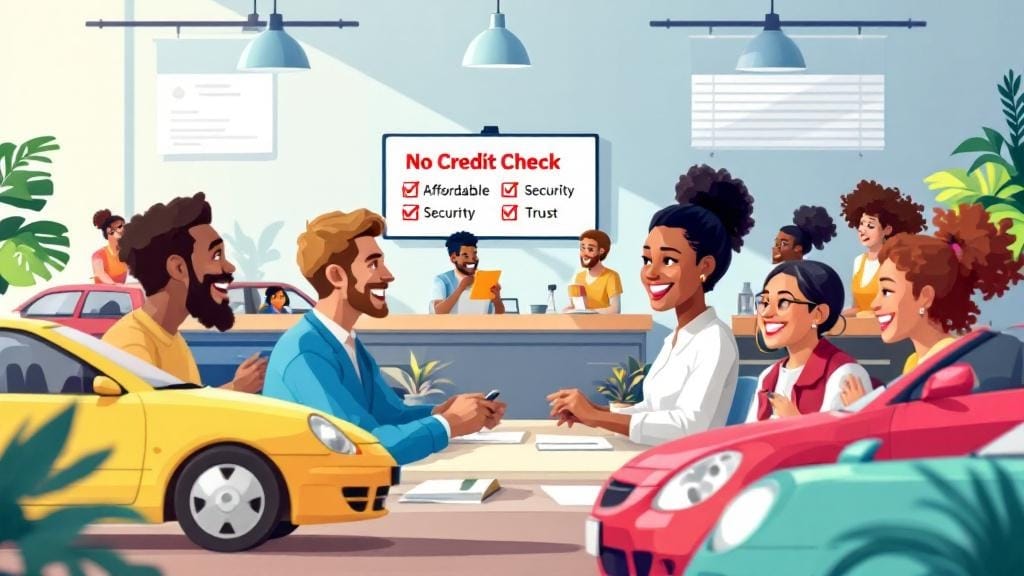Student debt can feel like a mountain looming over your future—but you’re not alone. Millions of students across the country are navigating the same challenge. The good news? There is debt help for students, and managing student loans doesn’t have to be overwhelming. With the right knowledge and support, you can take control of your financial future—starting today.
In this guide, we’ll break down student debt solutions in a clear, step-by-step way. Whether you’re still in school or already graduated, you’ll find practical tips, tools, and resources to reduce your student loan burden.
📚 Understanding Student Loan Debt
Student loan debt in the U.S. exceeds $1.7 trillion, with the average borrower owing around $37,000. That’s a hefty load for anyone—especially new graduates just starting out. But before we dive into solutions, it’s important to understand what kind of loans you have.
Federal vs. Private Student Loans
Federal student loans are issued by the government and come with borrower protections, fixed interest rates, and income-driven repayment options. Examples include:
Direct Subsidized Loans
Direct Unsubsidized Loans
PLUS Loans
Private student loans, on the other hand, are provided by banks or credit unions. They often have variable interest rates and fewer relief options.
📌 Tip: Log in to studentaid.gov to check your federal loan details.
💡 Top Debt Help Strategies for Students
If you’re feeling stuck, know that there are several proven methods to tackle student debt. Here’s how to start:
1. Explore Student Loan Forgiveness Options
Some federal loan borrowers may qualify for student loan forgiveness programs, depending on their career and repayment history.
Popular Forgiveness Programs:
Public Service Loan Forgiveness (PSLF): Available to government and nonprofit employees after 10 years of qualifying payments.
Teacher Loan Forgiveness: Up to $17,500 forgiven for qualifying educators.
Income-Driven Repayment Forgiveness: Forgiveness after 20–25 years on an IDR plan.
🎓 Example: Sarah, a social worker in a nonprofit, applied for PSLF and had $38,000 forgiven after 10 years.
2. Use Income-Driven Repayment Plans (IDR)
IDR plans adjust your monthly payments based on income and family size. They’re one of the best forms of student loan assistance if you’re earning a lower income.
Common IDR Plans:
REPAYE (Revised Pay As You Earn)
PAYE (Pay As You Earn)
IBR (Income-Based Repayment)
ICR (Income-Contingent Repayment)
👍 Pro Tip: These plans can reduce payments to as low as $0/month and still count toward forgiveness!
3. Consider Student Debt Consolidation Plans
Consolidating federal loans through a Direct Consolidation Loan combines your loans into one, often simplifying repayment and qualifying you for certain programs.
Best Student Debt Consolidation Plans:
Federal Direct Consolidation (no credit check)
Private consolidation (aka refinancing) with lower interest rates
⚠️ Caution: Refinancing federal loans with a private lender means losing access to federal protections like deferment, IDR, and forgiveness.
4. Take Advantage of Deferment and Forbearance
Struggling with payments due to hardship, unemployment, or returning to school? You may qualify for a temporary pause.
Deferment: Interest may be paused (for subsidized loans)
Forbearance: Interest continues to accrue
📝 Example: Jake returned to school for his master’s degree and applied for in-school deferment on his loans.
5. Build a Student Budget and Financial Literacy Skills
One of the best forms of debt help for students is knowing how to manage money early.
Student Budgeting Tips:
Use the 50/30/20 rule: 50% needs, 30% wants, 20% savings/debt
Track your spending with apps like Mint or YNAB
Avoid lifestyle inflation after graduation
📚 Tip: Ask your school’s financial aid office if they offer free financial literacy workshops.
🏛️ Government Student Debt Help Programs
Federal aid isn’t just for tuition—it can also help you repay or reduce existing student debt.
Programs to Know:
FAFSA and Student Aid: Reapply each year to maximize grants and work-study
Fresh Start Initiative (for defaulted loans)
Loan Rehabilitation Programs
✅ Example: Mark was in loan default but entered rehabilitation and restored his credit by making 9 on-time payments.
💸 Help Paying Off Student Loans Faster
If you’re ready to aggressively tackle your debt, here are actionable tips:
1. Make Biweekly Payments
Cut interest by making 26 half-payments per year (1 full extra payment annually).
2. Use Windfalls Wisely
Apply tax refunds, bonuses, or gifts directly to your loan principal.
3. Apply for Employer Repayment Assistance
Some companies offer student loan repayment benefits as part of your compensation package.
🔄 What to Do After Graduation
After the six-month grace period ends, many borrowers start repayment without a plan. Here’s what you should do:
✔️ Steps to Take:
Confirm your loan servicer
Set up auto-pay (often gives 0.25% interest discount)
Choose the best repayment plan for your income and goals
Contact servicers before missing payments
🙋♀️ FAQs About Student Debt Help
1. What are the best student debt help programs available in 2025?
The best programs include Public Service Loan Forgiveness, income-driven repayment plans, and federal consolidation loans. Also look into employer repayment assistance and state-based forgiveness programs.
2. How do I qualify for student loan forgiveness?
Eligibility depends on your loan type, employment (e.g., nonprofit or public sector), and repayment plan. You must usually make a set number of qualifying payments and work in an eligible field.
3. Should I consolidate or refinance my student loans?
If you have federal loans, consolidation may help simplify payments and open forgiveness options. If you have good credit and a stable income, refinancing could lower your interest rates on student loans, but you’ll lose federal benefits.
4. Can I get student loan assistance during a financial hardship?
Yes. You may qualify for forbearance, deferment, or a lower monthly payment under income-driven plans. If you’re unemployed or underemployed, reach out to your servicer right away.
5. What’s the difference between FAFSA and student aid?
FAFSA is the application form that determines your eligibility for student aid like grants, loans, and work-study. Filing it yearly ensures you receive the most support possible.
6. What are student budgeting tips for managing debt during college?
Start with a monthly budget, track expenses, avoid credit card debt, cook at home, and take advantage of financial literacy for students programs on campus.
7. How do deferment and forbearance affect my loans?
Both options pause payments, but interest may still accrue. They’re useful during temporary hardship but not a long-term solution. Use them sparingly to avoid increasing total debt.
🎓 Final Thoughts: Take Charge of Your Financial Future
Debt help for students isn’t just about short-term relief—it’s about building long-term stability. Whether you’re in school or already graduated, the steps you take today can reduce your debt tomorrow.
Use the tools available: forgiveness programs, smart budgeting, federal relief options, and expert guidance. You’re not alone, and with the right strategy, student debt doesn’t have to define your future.








Comments (0)